Spring 2011 NIDDK Director's Update

At the National Institute of Diabetes and Digestive and Kidney Diseases, we view medical science as a circle of discovery. We often call it “bench to bedside” – reflecting how findings from the lab can become the basis for clinical trials. But really, the discoveries don’t always end, and can sometimes begin, at the patient’s bedside.
As researchers, within and outside NIH, we take advantage of the unique collaborations formed between the best scientific minds and the generous patients who join clinical trials in a quest to better human health.
These collaborations, some supported by NIH Bench-to-Bedside awards, enable promising work to travel the circle of discovery, where laboratory findings can spark human trials and then, while trial results go out to the public and the larger research community, those results can also back to the lab researchers, who study the results to refine and form new hypotheses, taking the concept from bench to bedside and back.
Working together, the researchers’ ideas – and their discoveries to prevent, treat, and cure disease – can be greater than the sum of the parts.
For example, since 2006, NIDDK researchers have worked with the National Heart, Lung and Blood Institute and the University of Maryland to examine the role of dietary sitosterol on lipid, glucose and energy metabolism by implementing nutritional interventions that would address individual genetic factors. The researchers worked with the Amish community of Lancaster County, Penn., to identify and characterize subjects who carry a rare mutation that results in increased levels of sitosterol, the plant equivalent of cholesterol. They’re now analyzing the data, and hope to see changes in metabolism as a result of the nutritional interventions – interventions that could then be translated into nutritional guidance for the general population.
On the research horizon, in 2010, researchers from NIDDK, with colleagues from the National Institute of Nursing Research, the NIH Clinical Center and Beth Israel Medical Center, were awarded a grant to study the biochemical mechanism behind sickle cell crisis pain.
These examples are only a fraction of the immense body of research performed by basic scientists, clinical investigators, and patient volunteers both within NIDDK and in grantee institutions around the country. Their efforts to create and fuel that circle of discovery enable us to make improvements in the health and quality of life of all people.
Bench to bedside, both as a philosophy and as a grant program for NIH researchers and grantees, keeps us focused on our mission, whether we pursue that mission at a laboratory bench or at a patient’s bedside. No one knows precisely where the next big discovery will come from, but by working together we can find that discovery faster – and save more lives.
In good health,

Dr. Griffin P. Rodgers, M.D., M.A.C.P.
Director, National Institute of Diabetes and Digestive and Kidney Diseases
Type 1 diabetes statutory funding reauthorized through 2013
The Special Statutory Funding Program for Type 1 Diabetes Research, which NIDDK has managed on behalf of the Health and Human Services Secretary since the program’s inception in 1998, was reauthorized in December as part of the President’s “Medicare and Medicaid Extenders Act of 2010.” The special program, which is funded separately from the NIH’s regular appropriations process, is now authorized through 2013 at $150 million per year. By the end of this period, the program’s funding will total $1.89 billion over 16 years.
The new funding will allow continued support for an important portfolio of ongoing clinical and translational research efforts to prevent, reverse and treat type 1 diabetes and its complications. The new funds will also be used for pilot studies to foster development of practical clinical trials for type 1 diabetes management and for reissuing clinical scientist career development programs (K12 grants) for childhood diabetes research career development, along with other initiatives. For more information, see www.t1diabetes.nih.gov/about.shtml.
A comprehensive evaluation report, submitted to Congress in December 2010, describes the research consortia, networks, and resources – and the resulting scientific accomplishments – that have been enabled by the program. In addition, the report profiles type 1 diabetes researchers whose studies have been supported by the special funds. This report will be publicly available on the NIDDK web site and in hard copy this spring.
NIDDK launches the Kidney Research National Dialogue
In November 2010, an interactive web-based conversation called the Kidney Research National Dialogue (www.KRND.ideascale.com ) was launched to identify the most pressing research questions and issues that currently face the field of nephrology.
) was launched to identify the most pressing research questions and issues that currently face the field of nephrology.

The goal of KRND is to help determine future research opportunities for investigation by the community and research initiatives that could be supported by NIDDK. During Phase I, which ended March 1, 2011 – participants were able to post ideas, contribute to existing discussions, and vote anonymously. The results will be used to prepare a “Blueprint for Kidney Research” that clearly articulates future opportunities to be pursued by the entire research community.
Thus far, the KRND community of approximately 500 registrants has generated about 200 ideas in 11 concurrent topic areas, all supported by lively discussions and voting. Clinicians and researchers, along with trainees and kidney patients from around the world, have demonstrated an interest in the Dialogue.
KRND is NIDDK’s first use of social networking technology for strategic planning and may serve as a model for interactive discussions of future NIDDK initiatives. For more about the KRND, see http://www2.niddk.nih.gov/KUH/KUHHome/KRND.htm.

Investigators have observed that the survival rate of people with a rare immunodeficiency disease called chronic granulomatous disease (CGD) is greatly improved when even very low levels of microbe-killing molecules are present. Because production of these molecules, made by an enzyme called NADPH oxidase, can be predicted from genetic analysis, a patient’s risk for severe CGD could be assessed very early in life, allowing for more personalized treatment, say the researchers. The study was published online in December 2010 in the New England Journal of Medicine. http://www.nih.gov/news/health/dec2010/niaid-29.htm
Researchers have identified a chemical compound that prevents overproduction of thyroid hormone, a finding that brings scientists one step closer to improving treatment for Graves' disease. The findings, which were published in December 2010 in the Journal of Clinical Endocrinology and Metabolism, establish the effect of the receptor antagonist on human thyroid cells. http://www.nih.gov/news/health/dec2010/niddk-01.htm
 Frequent hemodialysis improved left ventricular mass (heart size) and self-reported physical health compared to conventional hemodialysis for kidney failure, according to the Frequent Hemodialysis Network (FHN) Daily Trial funded by NIH and the Centers for Medicare & Medicaid Services. Results were published online Nov. 20, 2010, in the New England Journal of Medicine to coincide with a presentation at the American Society of Nephrology meeting in Denver. http://www.nih.gov/news/health/nov2010/niddk-20.htm
Frequent hemodialysis improved left ventricular mass (heart size) and self-reported physical health compared to conventional hemodialysis for kidney failure, according to the Frequent Hemodialysis Network (FHN) Daily Trial funded by NIH and the Centers for Medicare & Medicaid Services. Results were published online Nov. 20, 2010, in the New England Journal of Medicine to coincide with a presentation at the American Society of Nephrology meeting in Denver. http://www.nih.gov/news/health/nov2010/niddk-20.htm
An intensive combination of three immune-modulating drugs has driven a rare form of extreme insulin resistance into long-term remission in all seven patients who received the treatment, according to researchers with NIH and Cambridge University, England. Results of the trial, conducted at the NIH Clinical Center in Bethesda, Md., are published in the Journal of Clinical Endocrinology and Metabolism. http://www2.niddk.nih.gov/News/SearchNews/10_14_2010.htm
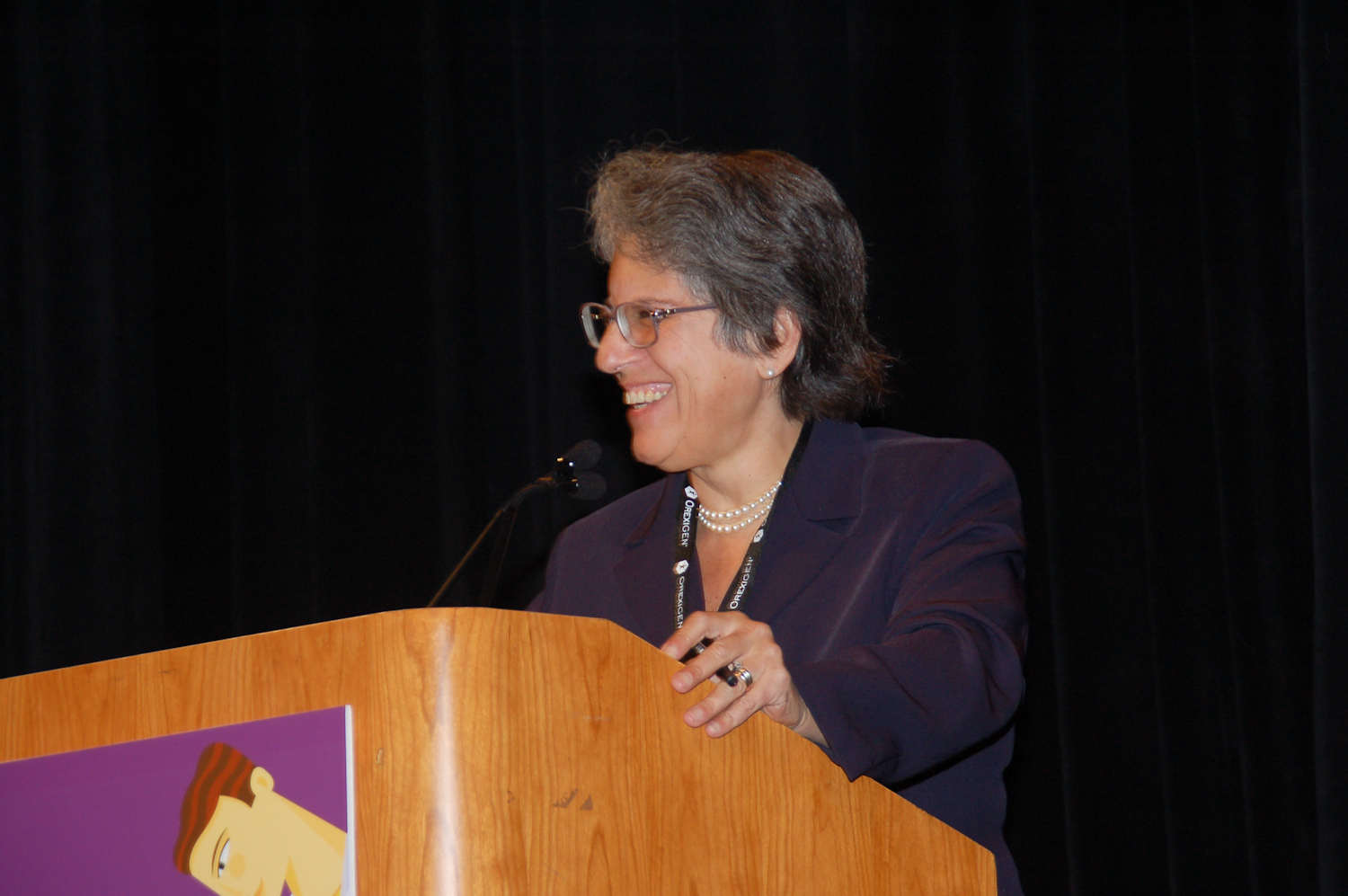 Dr. Susan Yanovski, co-director of the NIDDK Office of Obesity Research and director of the NIDDK Obesity and Eating Disorders Program, begins a plenary session for the NIDDK 60th Anniversary Symposium , “Physical Activity: From Marathon Mouse to the Y,” on Oct. 10 at The Obesity Society’s Annual Scientific Meeting, held in San Diego, Calif.
Dr. Susan Yanovski, co-director of the NIDDK Office of Obesity Research and director of the NIDDK Obesity and Eating Disorders Program, begins a plenary session for the NIDDK 60th Anniversary Symposium , “Physical Activity: From Marathon Mouse to the Y,” on Oct. 10 at The Obesity Society’s Annual Scientific Meeting, held in San Diego, Calif.
Photo Credit: The Obesity Society/Karras Photography
Photo Permissions Contact: Order images via The Obesity Society’s Flickr site at www.flickr.com/photos/obesitysociety/ or via http://karrasphoto.com/obesity/
or via http://karrasphoto.com/obesity/ .
.
As NIDDK moves into its 61st year, reflect on the Institute’s past and recent anniversary through materials like NIDDK: 60 Years of Advancing Research to Improve Health, which includes decades of intramural and extramural advances (www2.niddk.nih.gov/AboutNIDDK/ReportsAndStrategicPlanning/SixtiethAnniversary), and the image gallery, with photos from 2010 anniversary events and gatherings around the world (www.gallery.60thanniversary.niddk.nih.gov).
For more on the 60th anniversary and related events, to watch an anniversary video or to acknowledge your NIDDK and NIH support with a slide or label, go to www2.niddk.nih.gov/60thAnniversary.htm.

NKDEP collaborates with the Indian Health Service
The National Kidney Disease Education Program (NKDEP) and Indian Health Service (IHS) are collaborating to improve the quality of care to American Indians and Alaska Natives with chronic kidney disease (CKD). American Indians have the highest rates of diabetes in the U.S. and are nearly twice as likely as whites to develop kidney failure.
NKDEP is collaborating with the IHS Division of Diabetes Treatment and Prevention to develop a Kidney Disease Education Kit that will provide lesson outlines, background information, patient handouts and assessment questions to educate patients to slow disease progression and prepare patients for treatment of kidney failure. This content will allow qualified IHS providers to meet the educational programming needs required by the 2010 Medicare Improvement for Patients and Providers Act, as well as serving CKD patients not eligible for Medicare.
The IHS is also co-branding NKDEP publications for people at increased risk for developing CKD and for newly diagnosed CKD patients. IHS dietitians, diabetes educators, and health educators played a key role in developing and revising these educational materials.
Before coming to NIH, NKDEP Director Dr. Andrew Narva was the director of the IHS Kidney Disease Program, and he continues to serve patients from Zuni Pueblo in New Mexico through a telemedicine clinic conducted from his NIH office in Bethesda, Md. He also conducts continuing education webinars with IHS providers and serves as the IHS chief clinical consultant in nephrology.
“These collaborations with IHS allow us to benefit from the knowledge and experience that IHS has developed in addressing disparities in diabetes and CKD in a high-risk population,” Narva said.
For more information on NKDEP, go to www.nkdep.nih.gov.
Updated diabetes guide helps schools help kids
 School-age children with diabetes face unique challenges on their way to and from school, during class, at mealtime and on the playing field. To help teachers, principals, parents and others ensure the safety of youngsters with diabetes throughout the school day, the National Diabetes Education Program (NDEP) has updated its manual, “Helping the Student with Diabetes Succeed: A Guide for School Personnel” (www.YourDiabetesInfo.org/schoolguide).
School-age children with diabetes face unique challenges on their way to and from school, during class, at mealtime and on the playing field. To help teachers, principals, parents and others ensure the safety of youngsters with diabetes throughout the school day, the National Diabetes Education Program (NDEP) has updated its manual, “Helping the Student with Diabetes Succeed: A Guide for School Personnel” (www.YourDiabetesInfo.org/schoolguide).
”Unfortunately, the need to manage diabetes doesn’t go away at school,” said NIDDK Director Dr. Griffin P. Rodgers. “The guide, quite literally, can be a lifesaver.”
"Everyone, from bus drivers to teachers to administrators, has a role in helping students with diabetes succeed," said NDEP chair Martha Funnell, R.N., of the University of Michigan.
The guide also recommends steps parents should take to keep their kids safe:
- Notify school officials when their child is diagnosed with diabetes.
- Work with their child’s personal health team to develop a medical management plan and provide it to school staff, and
- Allow sharing of medical information between a child’s school and medical team.
For more about NDEP, go to www.ndep.nih.gov.
Diabetes research strategic plan released
A new strategic plan for diabetes research, “Advances and Emerging Opportunities in Diabetes Research: A Strategic Planning Report of the Diabetes Mellitus Interagency Coordinating Committee (DMICC),” has been released and will be available this spring. NIDDK spearheaded the development of this plan in its role as chair of the statutory DMICC (www2.niddk.nih.gov/AboutNIDDK/CommitteesAndWorkingGroups/DMICC/).
Through a collaborative process involving multiple federal agencies and the external research and patient advocacy communities, as well as past and current members of the Institute’s Advisory Council, a broad array of diabetes research opportunities was identified. These opportunities span basic, clinical, and translational research. The strategic plan is meant to serve as a guidepost for federally supported diabetes research at NIH and other agencies for the next decade, and to help us in our pursuit of the goal of conquering diabetes.
The launch of this strategic plan for diabetes research is especially timely in light of new 2010 data showing that diabetes affects 25.8 million Americans, or about 8.3 percent of the U.S. population.
The final plan will be posted this spring at http://diabetesplan.niddk.nih.gov.
Two new grant opportunities for lifestyle intervention studies
Two Requests for Applications (RFAs) on lifestyle interventions in overweight and obese pregnant women were recently published:
New policies for grant application changes, corrections, resubmissions
Window for fixing grant applications closes: All changed or corrected applications to address Grants.gov and eRA Commons errors or warnings must be submitted by the deadline to be considered on time. Corrected applications submitted after the deadline will not be accepted for due dates on or after Jan. 25, 2011. For more information: http://grants.nih.gov/grants/guide/notice-files/NOT-OD-10-123.html.
New time limit set for resubmission applications: For grant application deadlines on or after Jan. 25, 2011, applicants must submit their resubmission application (A1) within 37 months of the initial new, renewal or revision application due date. For more information: http://grants.nih.gov/grants/guide/notice-files/NOT-OD-10-140.html.
Funding Opportunities: www2.niddk.nih.gov/Funding/FundingOpportunities/
Grants and Contract Notices: www2.niddk.nih.gov/Funding/FundingOpportunities/Notices
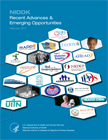 The NIDDK annual scientific report, NIDDK Recent Advances & Emerging Opportunities, is now available. This report highlights examples of NIDDK-supported research advances published in fiscal year 2010. It also includes “stories of discovery,” which trace research progress in specific areas over a longer time frame; profiles of patients who are benefiting from NIDDK-supported clinical research; and highlights scientific presentations made to the NIDDK Advisory Council during 2010. This year’s report also contains a special section highlighting NIDDK’s 60th anniversary activities, as well as a feature on the 2010 Lasker award winners in basic research, current and former NIDDK grantees Jeffrey Friedman and Douglas Coleman.
The NIDDK annual scientific report, NIDDK Recent Advances & Emerging Opportunities, is now available. This report highlights examples of NIDDK-supported research advances published in fiscal year 2010. It also includes “stories of discovery,” which trace research progress in specific areas over a longer time frame; profiles of patients who are benefiting from NIDDK-supported clinical research; and highlights scientific presentations made to the NIDDK Advisory Council during 2010. This year’s report also contains a special section highlighting NIDDK’s 60th anniversary activities, as well as a feature on the 2010 Lasker award winners in basic research, current and former NIDDK grantees Jeffrey Friedman and Douglas Coleman.
To read the report, go online to www.niddk.nih.gov. Or request a hard copy via the message box at http://catalog.niddk.nih.gov/ContactUs.cfm, by calling 1-800–860–8747 between 8:30 a.m. and 5 p.m. EST on Monday through Friday, or by writing to NIDDK Clearinghouses Publications Catalog, 5 Information Way, Bethesda, MD 20892–3568.

Congratulations to …
Dr. Howard A. Austin III, an NIDDK intramural researcher in the Kidney Disease Section, and the dialysis staff, who received an NIH Clinical Center 2010 Director’s Award for their excellence in nephrology specialty care to Clinical Center patients.
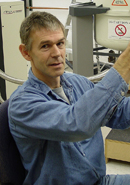 |
Dr. Adriaan Bax, an NIDDK intramural researcher in the Biophysical Nuclear Magnetic Resonance Spectroscopy Section, who will receive the 2011 Pittsburgh Spectroscopy Award from the Spectroscopy Society of Pittsburgh for outstanding contributions to the field of spectroscopy. |
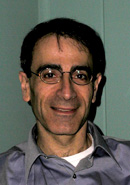 |
Dr. Marius Clore, chief of the intramural NIDDK Protein Nuclear Magnetic Resonance Section in the Laboratory of Chemical Physics, who will receive the Hillebrand Prize – which honors scientists who have made original contributions to chemistry – from the Washington, D.C., section of the American Chemical Society.
|
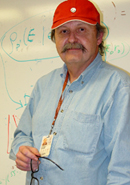 |
Dr. Atilla Szabo, an NIDDK intramural researcher in the Theoretical Biophysical Chemistry Section, who received the Biophysical Society Founder’s Award, given to scientists for outstanding achievement in biophysics. |
 |
Dr. Wei Yang, an NIDDK intramural researcher in the Section on Molecular Structure, who has been awarded the Dorothy Crowfoot Hodgkin Award from the Protein Society for exceptional contributions in protein science. She will receive the award at a symposium in Stockholm, Sweden, in May.
|
Please welcome …
 |
Janice Balin as the new director of the NIDDK Office of Workforce Development and Planning. She has worked at NIH for 20 years as a personnel and human resources specialist, including the past four years as a workforce resources specialist in NIDDK.
|
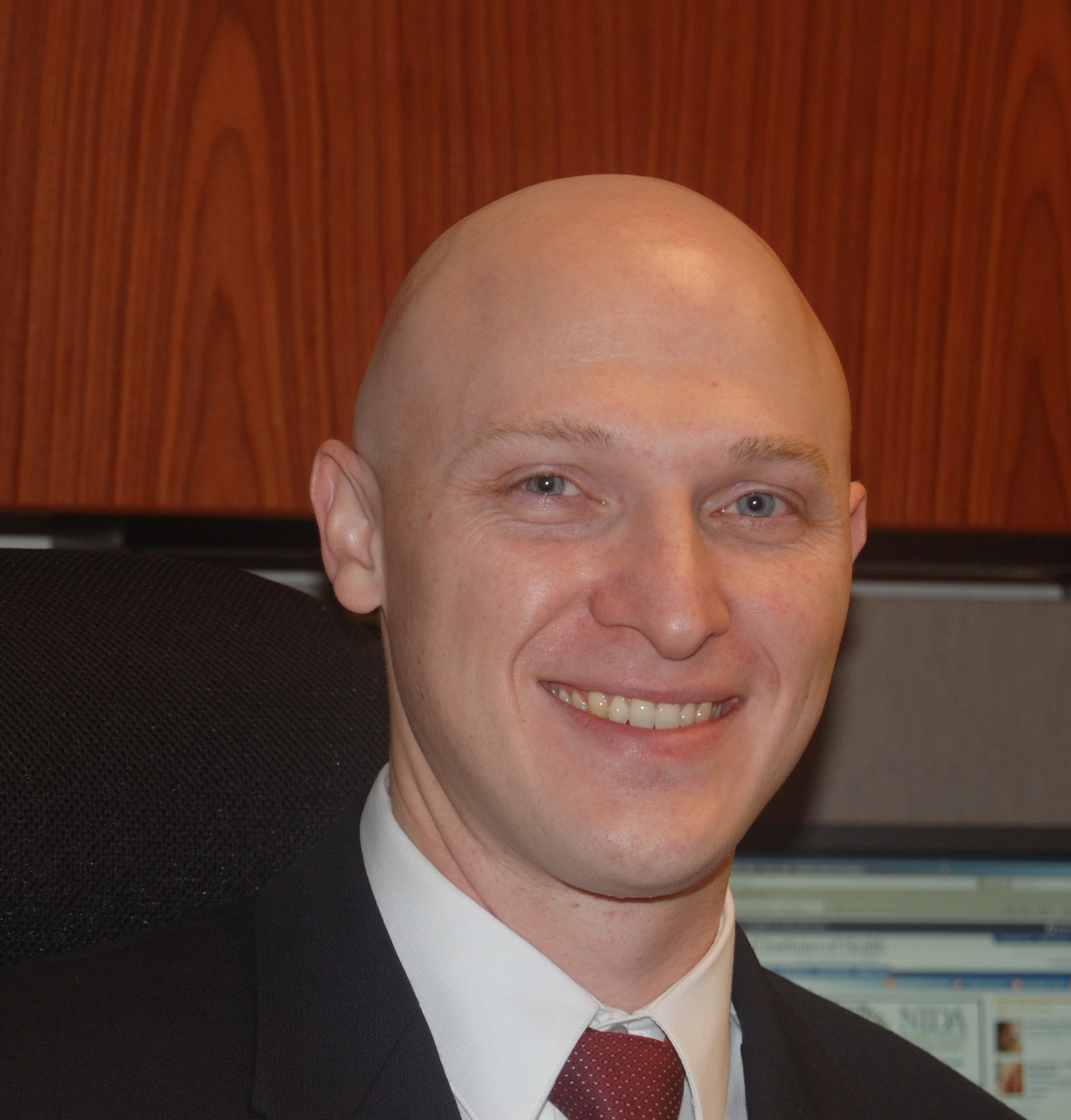 |
Dr. Michael Grey as the new director of the gastrointestinal transport and absorption program in NIDDK’s Division of Digestive Diseases and Nutrition. He manages grants aimed at advancing research on nutrient digestion, absorption and transport in the gastrointestinal tract, as well as the development, structure and function of the intestinal tract in health and disease. Previously, Grey was a health science policy analyst in NIDDK’s Office of Scientific Program and Policy Analysis. |
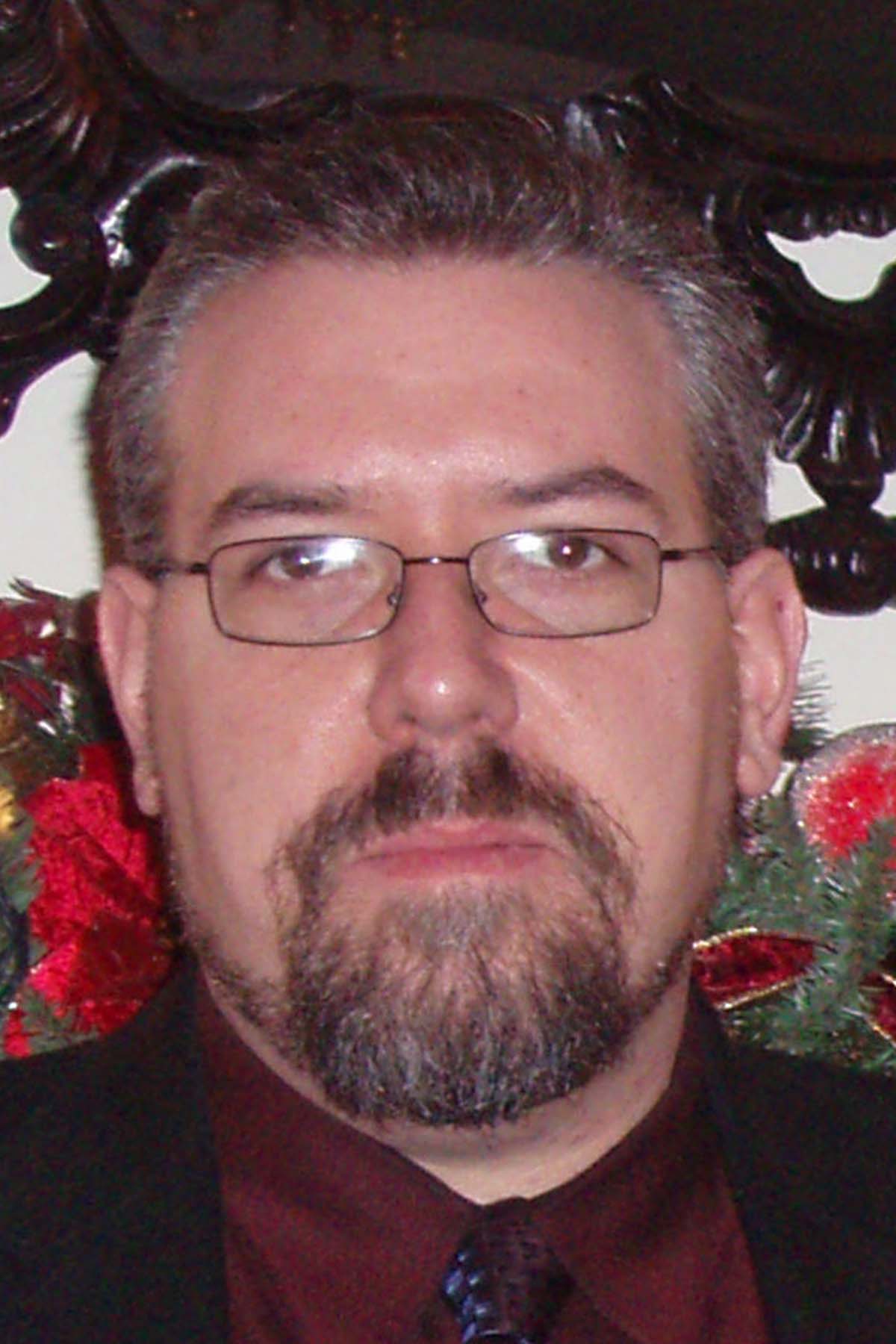 |
Dr. Aaron Pawlyk as the program director for pharmacogenomics within the NIDDK Division of Diabetes, Endocrinology, and Metabolic Diseases. The creation of the position and the new program reflect the increasing importance NIDDK places on pharmacogenetics research. Previously, Pawlyk served as director of pharmacology at ALS Biopharma, as an adjunct professor of pharmacology and physiology at Drexel University College of Medicine and as an associate professor of pharmacology at the Pennsylvania Drug Discovery Institute.
|
Melanie Reagan became the chief of the NIDDK Extramural Administrative Management Branch, starting the position in February. Previously, she served as the NIH Clinical Center’s administrative officer for the Critical Care Medicine Department.
 |
Dr. Marc Reitman became chief of the intramural Diabetes, Endocrinology, and Obesity Branch, which is merged from the former Diabetes Branch and Clinical Endocrinology Branch. He started his position in January. Previously, he was director of clinical research at Merck Research Laboratories and had earlier been a principal investigator in NIDDK’s intramural program.
|
Aliecia Shepherd became the program analyst for the extramural NIDDK Division of Kidney, Urologic, and Hematologic Diseases. Previously, she was an extramural support assistant assigned to the division by the NIH Office of the Director. Before coming to NIH, Shepherd served as a staff associate for the National League of Cities.
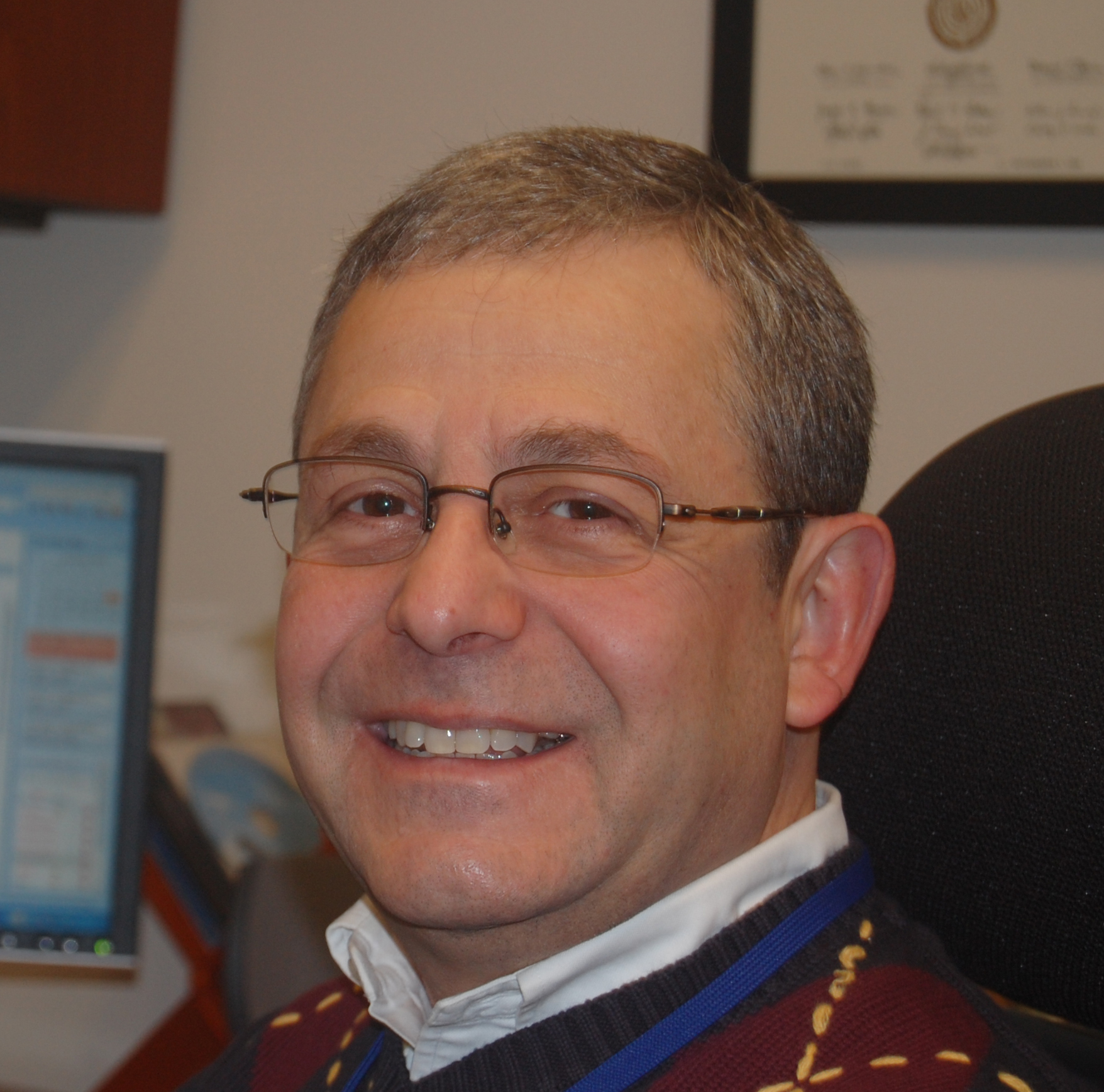 |
Dr. Averell H. Sherker became scientific advisor for viral hepatitis and liver diseases in NIDDK’s Liver Disease Research Branch in the Division of Digestive Diseases and Nutrition. He previously directed the Center for Liver Diseases at Washington Hospital Center and hepatology research at McGill University. In addition, he was attending physician in the Liver Transplantation Program at Georgetown University Hospital and continues as associate professor of clinical medicine at Georgetown University School of Medicine.
|
A fond farewell to …
Jane Schriver, the director of the NIDDK Office of Workforce Development and Planning, retired from NIH service in December after more than 36 years, the last eight of them in NIDDK.
In Memoriam …
Dr. Dale Benos, chairman of the University of Alabama at Birmingham’s Department of Physiology and Biophysics, died in October 2010. Among many contributions to NIH, he was a member of eight NIH special study sections. Internationally recognized in the fields of physiology and biophysics, he was continuously funded by NIH since 1976 and served as the principal investigator for 19 individual research grants over the years.
Dr. Alan Gewirtz, the Willard Robinson Professor of Hematology-Oncology at the University of Pennsylvania School of Medicine, died in November 2010. He was director of an NIDDK T32 Institutional Training grant for 12 years and a tireless advocate for basic science research and for promoting the careers of young scientists. He was distinguished in the field of hematopoiesis.
Dr. Mark Pescovitz, professor of surgery and professor of microbiology and immunology at the Indiana University School of Medicine, died in December 2010. He led a clinical trial on rituximab, a drug that may preserve the function of insulin-producing beta cells in people with newly diagnosed type 1 diabetes, as part of NIDDK’s Type I Diabetes TrialNet.
The next edition of the Director’s Update will be online at www.directorsupdate.niddk.nih.gov in May.
Submission information: To submit an item for the next Update, please contact Editor Amy F. Reiter at reiteraf@niddk.nih.gov. Items must be submitted seven weeks before the month of publication to be considered for the next issue.
Subscription information: The NIDDK Director’s Update is published in September, December, March and May. To subscribe to the Update, go to www.directorsupdate.niddk.nih.gov. The subscription box is near the top right of the page.
Page last updated: March 07, 2011